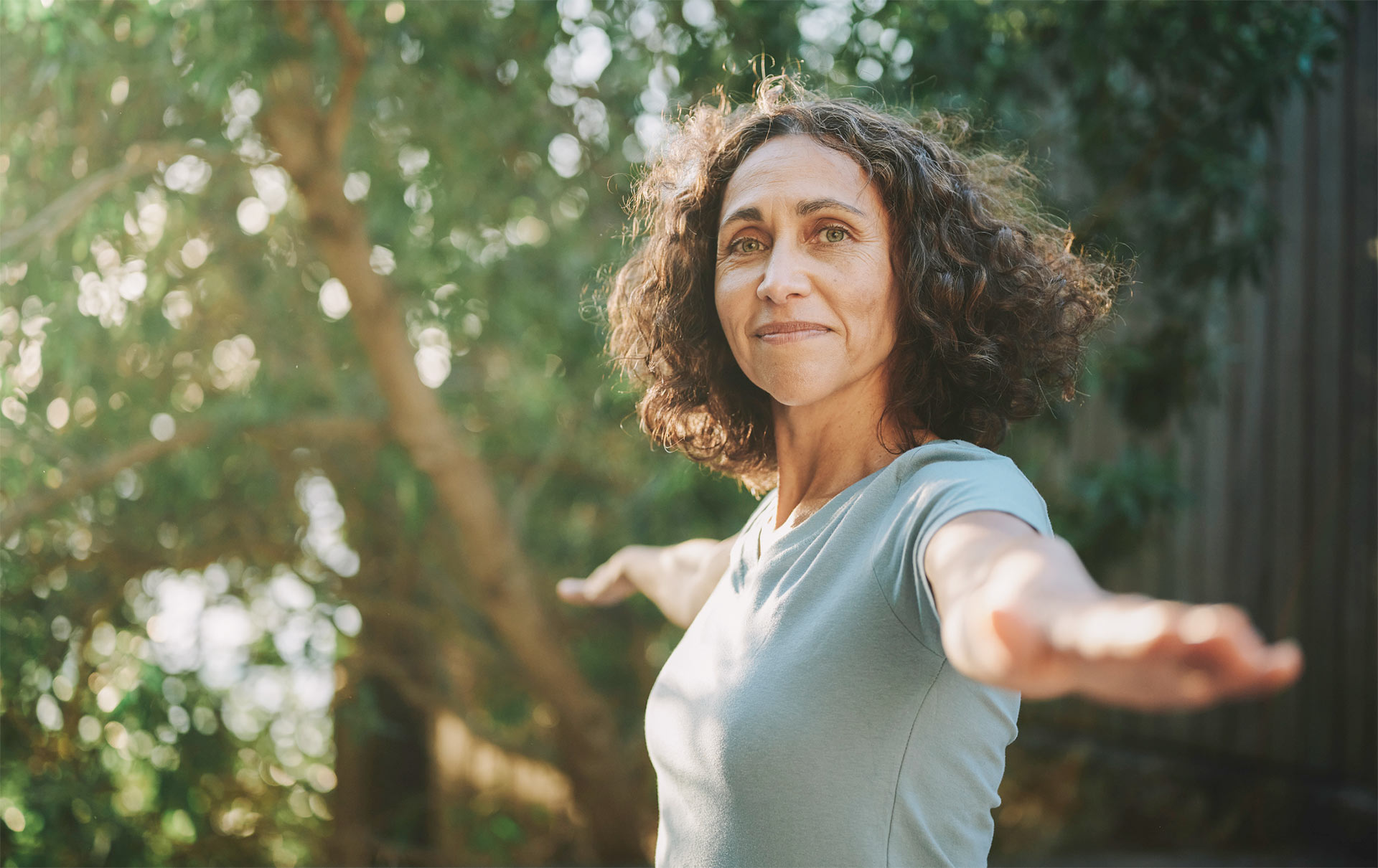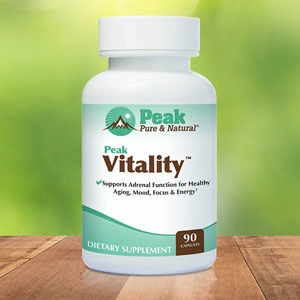Get Easy Health Digest™ in your inbox and don’t miss a thing when you subscribe today. Plus, get the free bonus report, Mother Nature’s Tips, Tricks and Remedies for Cholesterol, Blood Pressure & Blood Sugar as my way of saying welcome to the community!
The ancient practices that conquers a modern day killer

Meet Kim, a corporate lawyer who thrives on stress. It’s how she gets things done. Lately, though, she’s started having headaches and insomnia. But she doesn’t know any other way to operate.
Her husband, John, functions in the opposite manner. Stress exhausts him, and he avoids it at all costs, even if it means not going to family functions or gatherings he might otherwise enjoy. He’s learned to avoid conflict, but lately he’s been feeling depressed.
If you see yourself in either Kim or John, there’s good news: there is a happy medium, a place in the middle where you get to control your response to stress, not the other way around.
And control it you must. Stress is a killer. It increases your chances of heart disease, diabetes, and Alzheimer’s. Under chronic stress, your chromosomes actually show the effects of accelerated aging.
So let’s talk about exactly how your body responds to stress…
The human stress response
When you experience a stressful event, your brain and your hormones act like the first of hundreds of dominos that, as they fall, set off a cascade of responses known as the stress response.
Whenever your brain perceives something as stressful, your amygdala, which processes emotion, sends a signal to the hypothalamus, the brain’s command center.
The hypothalamus sends a distress signal to the sympathetic nervous system, the gas pedal that revs up your engine. It signals the adrenal glands to produce adrenaline, which increases your heart rate, pumps blood to your muscles and heart, widens your airways, and releases sugars and fats into the bloodstream for energy.
If the stressful stimulus continues, your adrenal glands produce cortisol. When the threat passes, the parasympathetic nervous system puts the brakes on, cortisol levels fall, and your body returns to a resting state.
Ideally, this is how things work. But many people, like Kim, live with the engine always on overdrive, putting them at risk for heart attack and stroke. Obesity is a risk as well, since cortisol is releasing fats and sugars, and telling your body to eat more.
Fortunately, there’s a way to fix all this.
How yoga challenges your “fight-or-flight” response
The ancient practice of yoga can produce lasting changes to your nervous system that help regulate your stress response.
Research has shown that practicing yoga can convert your body’s stress response into a “challenge response,” a condition of greater balance between your sympathetic and parasympathetic nervous systems.
This is what brings you to that healthy middle ground when it comes to handling stress: neither a Kim, who only knows how to meet stress in high gear, nor a John, who lives with the brakes on, avoiding challenges instead of learning to handle them in a healthy way.
In a 1997 study, researchers at Newcastle University in England found that six weeks of practicing hatha yoga increased the activity of the parasympathetic system, without slowing down the sympathetic system.
In other words, rather than letting up on the gas, yoga trained the body to put on the brake when the stress response was no longer needed.
Dr. Kerstin Khattab, an Iyengar yoga teacher, says that holding a challenging yoga pose becomes the equivalent of a stressor, and that the breathing and mindfulness of yoga trains the nervous system to respond without going into full “fight or flight” mode.
By alternating strenuous poses with gentler ones, yoga also trains the nervous system to return to a balanced state quickly. Over time, these responses can become automatic in everyday life.
Starting yoga
There are many options, but getting started doesn’t have to be confusing. Some of the main types of yoga are:
Hatha yoga. This is where many people begin. It provides a basic introduction to yoga poses in a low-key setting.
Iyengar. Based on the teachings of yoga master B.K.S. Iyengar, its aim is to bring the body into its best possible alignment, often using props like blocks and straps.
Kundalini. The emphasis here is on breathing in conjunction with physical movements.
Restorative. Using props, the body relaxes into poses over several minutes to encourage passive stretching.
Finding a yoga studio near you is as easy as Googling or looking in the phone book. Many fitness centers offer beginner yoga classes as well.
If you’re comfortable with the pace of your first class, go back for a second. This should tell you if the instructor and the class are a good match for you.
You can start at home with online videos that teach beginning yoga (there are plenty of free yoga videos here), but it’s usually more beneficial to join a class where you can get immediate feedback and encouragement.
Editor’s note: Did you know that when you take your body from acid to alkaline you can boost your energy, lose weight, soothe digestion, avoid illness and achieve wellness? Click here to discover The Alkaline Secret to Ultimate Vitality and revive your life today!
Sources:
- Yoga for anxiety and depression — Harvard University
- Understanding the stress response — Harvard University
- Change Your Stress Response — YogaJournal.com
- How to Start Doing Yoga — VeryWellFit.com
- 10 Health Problems Related to Stress That You Can Fix — WebMD














